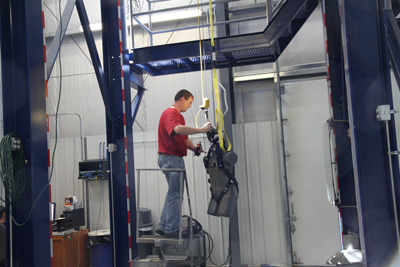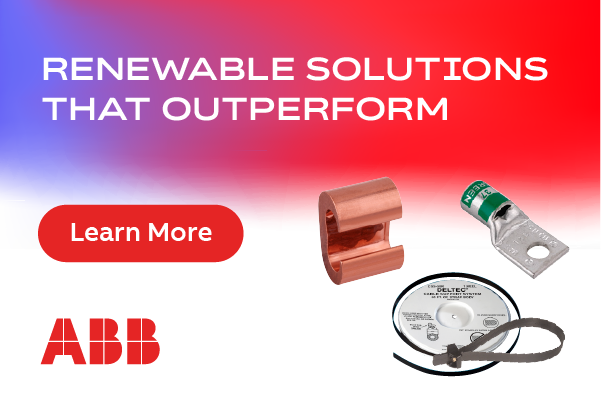Understanding the ANSI Z359 Standard for Wind Power Projects
 In October 2012, compliance for the new ANSI standard for Qualification and Verification Testing went into effect, requiring all fall protection products to be tested by an accredited lab. As it’s known, “ANSI Z359.7” is considered a fall protection umbrella standard, meaning it applies to all products within ANSI Z359, rather than just one particular type of product.
In October 2012, compliance for the new ANSI standard for Qualification and Verification Testing went into effect, requiring all fall protection products to be tested by an accredited lab. As it’s known, “ANSI Z359.7” is considered a fall protection umbrella standard, meaning it applies to all products within ANSI Z359, rather than just one particular type of product.
Specifically, ANSI Z359.7 outlines the minimum testing and verification requirements for third-party testing labs, as well as for manufacturers’ labs testing products subject to ANSI Z359, which includes full body harnesses, energy-absorbing lanyards, self retracting devices, and anchorage connectors—the safety equipment required at any wind energy project site.
With the tallest towers reaching several hundreds of feet, wind energy workers are subject to extreme heights and must be equipped with fall protection equipment designed to meet the risks of the job. According to the new standard, there are three important requirements a fall protection product must meet to be compliant. A product must comply with:
1. Both ANSI Z359.7 and the applicable Z359 product standard;
2. All aspects of the standard, including performance, design, markings, inspections, instructions, maintenance, etc.; and
3. The most current edition of the standard.
Each test lab is also subject to strict regulations under the new standard. Labs must meet the requirements of ISO 17025—General Requirements for the Competence of Testing and Calibration Laboratories—including annual audits and accreditation by an outside agency. Additionally, the structure of the lab, and all measuring equipment used, must be in compliance and calibrated annually. Although there are a few ISO 17025 certified labs found throughout the country, many fall protection equipment manufacturers are now working toward housing their own accredited labs to help with these testing and re-testing efforts.
Putting safety first
Essentially, the new standard in the ANSI Z359 family takes the safety of fall protection products one step further, requiring equipment to pass stringent testing procedures before becoming certified as compliant. ANSI is widely known for having the most current, comprehensive standards that help to optimize workers’ health and safety on the job, which is what makes Z359.7 so important.
To meet this standard, certified labs must perform both initial qualification testing on at least three units, and repeat verification testing every five years if the manufacturer has a registered quality program in place (or every two years without a registered program). Companies that choose ANSI Z359.7-compliant products are choosing equipment that has proven to be the safest and the most up-to-date with the latest standards. As a result, end-users gain the peace of mind and the reassurance that comes with using vigorously tested, cutting-edge fall protection gear.
This is essential at wind energy sites where at-height workers face the possibility of serious injury or death from a fall. As with any at-height industry posing risks to workers, job-specific equipment and training can save lives, keeping workers safe.
Although providing the best possible fall protection equipment is crucial, it is only half the battle. It’s imperative workers are well trained on appropriate equipment usage. Incorrect equipment usage can decrease its effectiveness, safety, comfort, and usability. Understanding how to properly use and secure a safety harness or how to install a tower ladder or climbing kit, for example, is the only way certified equipment can truly stand up to those certifications—and that responsibility lies on the site owners, project managers and, of course, the workers subjecting themselves to such great heights. The key to addressing this issue is simple and involves practical, hands-on training in controlled environments, which simulate the complexities of working on a turbine.
Wind turbine installation and maintenance requires tight safety measures. Fortunately, with ANSI Z359.7 compliant products, properly trained workers can be reassured that their equipment will help them get the job done safely every time.
Craig Firl is the North American technical manager at Capital Safety.
Capital Safety is a designer and manufacturer of height safety and fall protection equipment, with related training courses available. They are the first fall protection manufacturer to have an ISO 17025 accredited lab onsite.
Capital Safety
www.capitalsafety.com
Author: Craig Firl
Volume: May/June 2013









